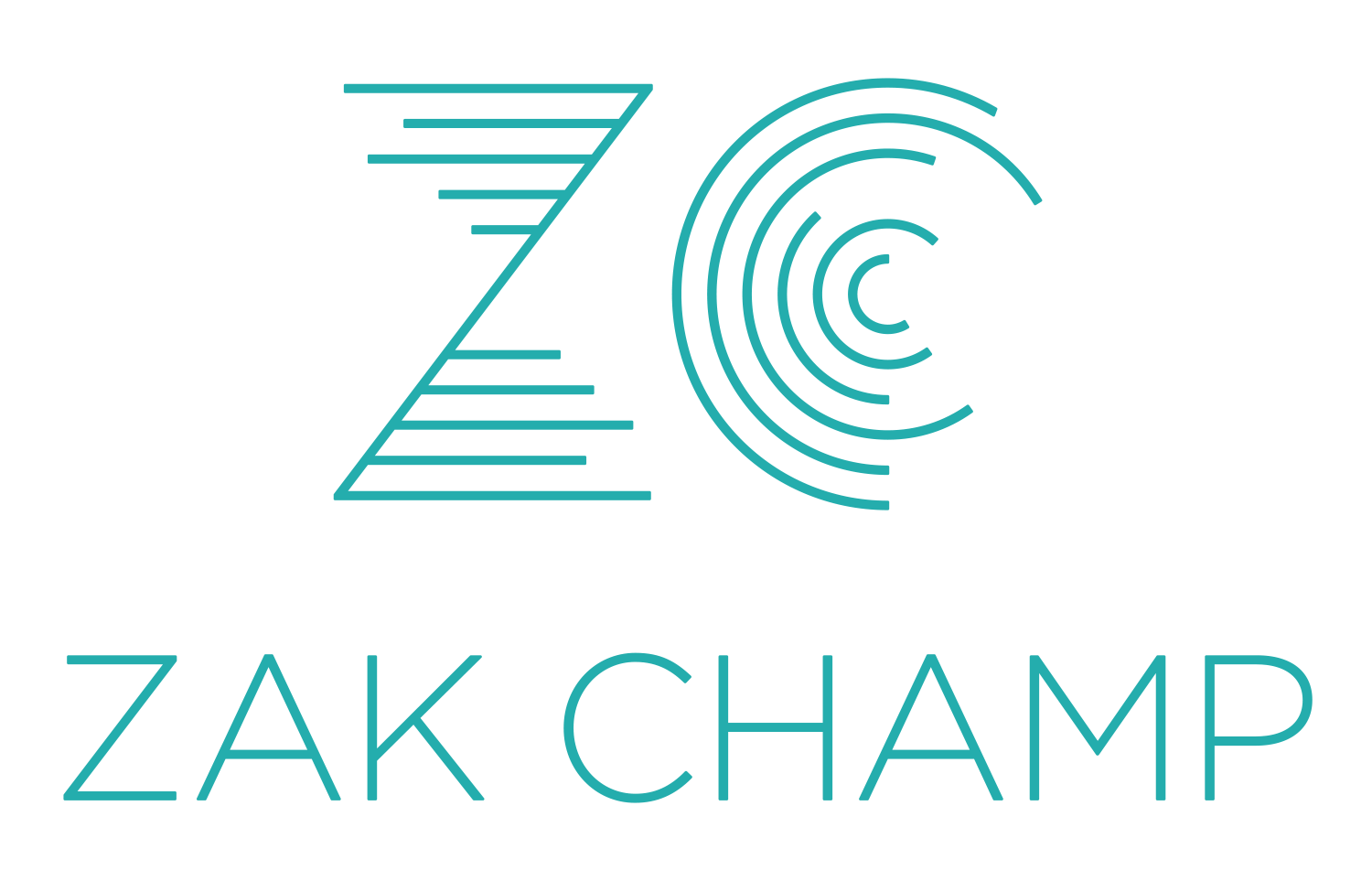Inclusive with people, but exclusive with trapezoids
I love trapezoids. And I love thinking and talking about trapezoids.
And much of the math world loves arguing about what definition we ascribe to for how we think about trapezoids. For those of you that are new to this discussion, here’s a brief overview:
The exclusive definition says that trapezoids “have exactly one pair of parallel sides.”
The inclusive definition says that trapezoids “have at least one pair of parallel sides.”
So why is “exactly” vs. “at least” such a big difference? Because if you’re #teamexclusive trapezoids are special. They have their own place in the hierarchy of quadrilaterals that lets them be classified as trapezoids, quadrilaterals, and polygons. That’s it. That’s the whole lineage.
If you’re #teaminclusive, trapezoids now live near the top of an already cumbersome and complex relationship of shapes. #Teaminclusive says that squares, rhombuses, rectangles, and parallelograms are all special trapezoids. And then of course trapezoids are also still classified as quadrilaterals and polygons. But, to me, this route is unnecessarily more complex.
So, my biggest reason for staying #teamexclusive is that it simplifies things. It makes things much more understandable and clear in my mind.
But ultimately, I’m not interested in us all having to agree on one definition. I’m way more interested in the conversation. It’s a conversation where many of us want to feel right (because that’s fun), but being right really isn’t the point. It’s the ambiguity that makes it interesting. It’s thinking about what one definition affords us and what the other takes away. It’s about what’s gained and what’s lost. Because for me, just like so many of us, math is not about answers—it’s about the conversation.
To make sure you hear the whole story, you can read Shelby’s argument for #teaminclusive right here.
So where do you stand? Are you #teaminclusive or #teamexclusive? If you’re like me, you’ll want—who am I kidding, you’ll need – to show the world where you stand. And hopefully have some fun math conversations as a result.
Pick up your shirt here.
Note: Berkeley donates all of the proceeds from the shirt to TODOS, and through October 21, I will be donating an additional $5 per shirt (either design) to The Trevor Project.


